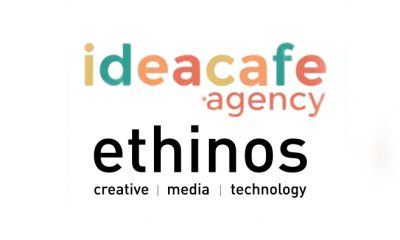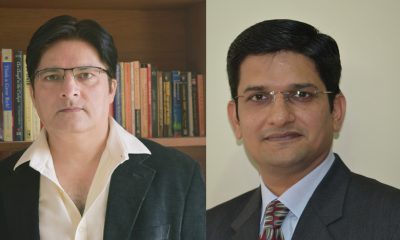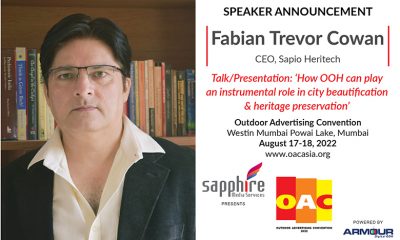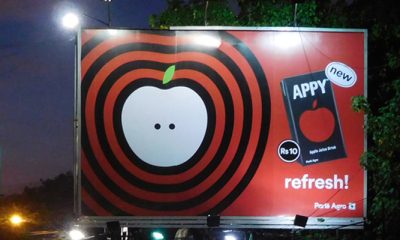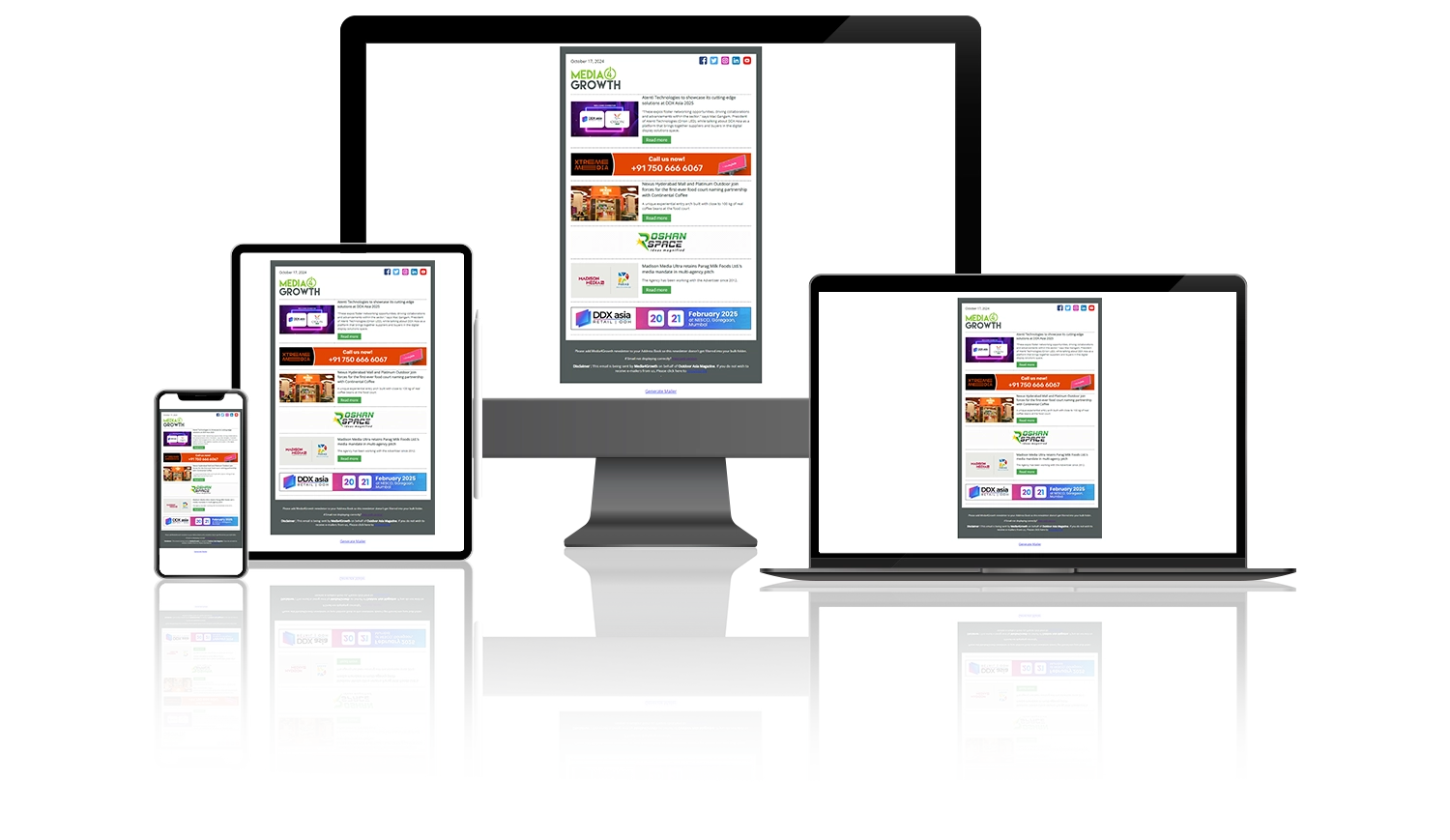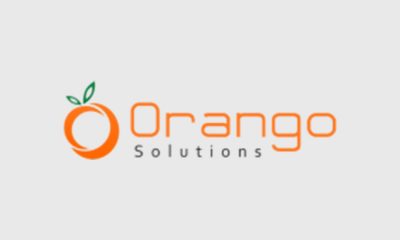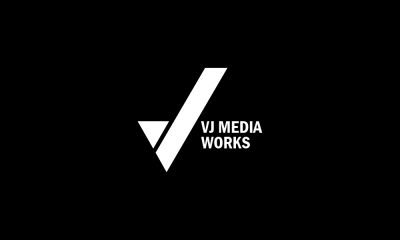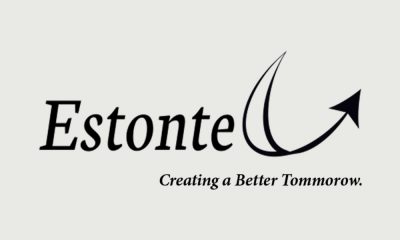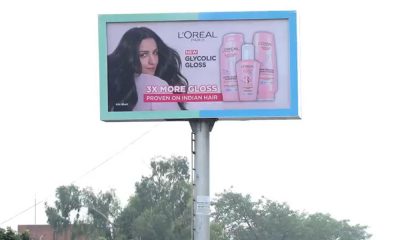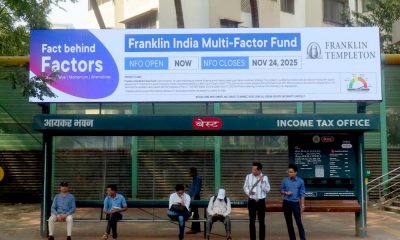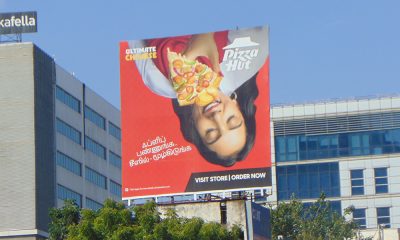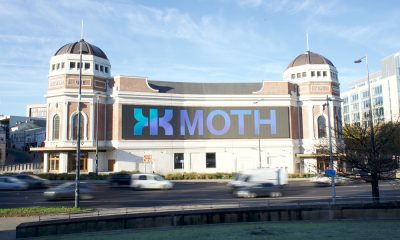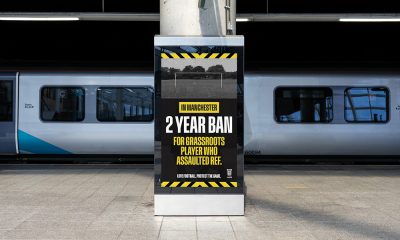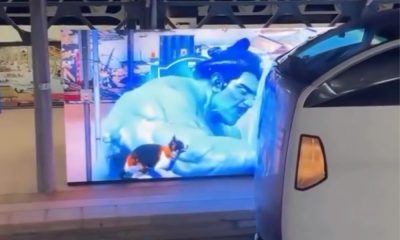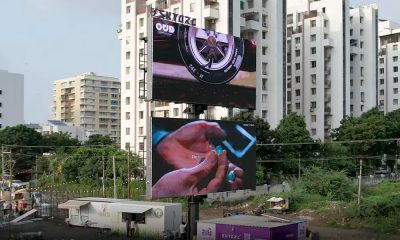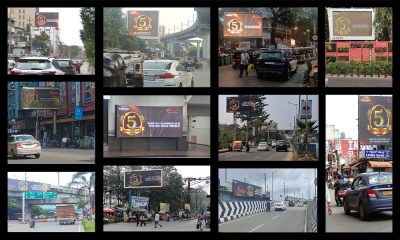Industry News
From Ads to aesthetics: OOH’s role in shaping urban life
Fabian Trevor Cowan, Director at Connect Digital, shared his insights on how OOH can move beyond advertising to shape the way cities look, feel, and grow.
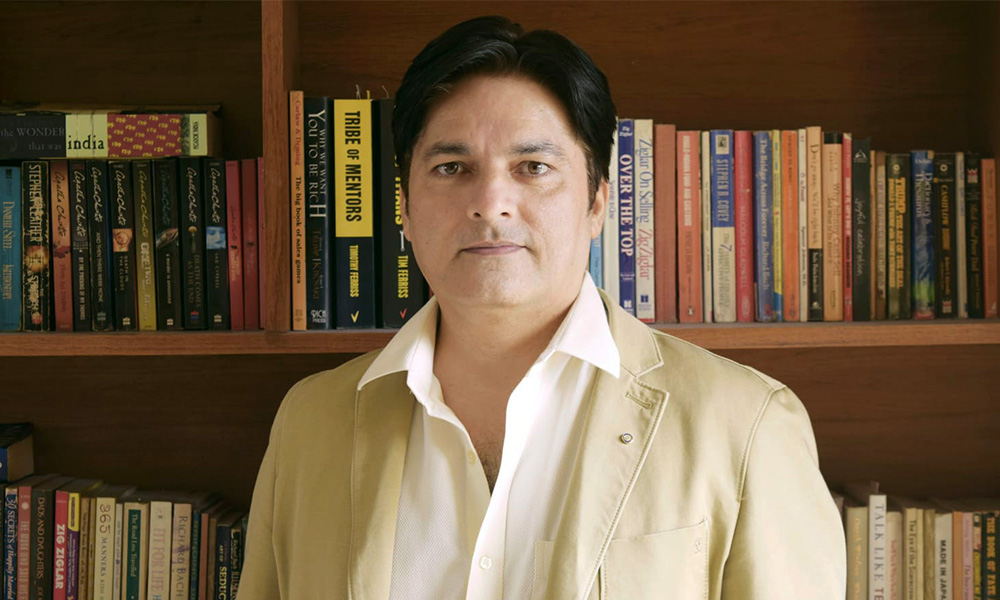
Out of Home (OOH) is more than just an advertising medium; it has the potential to shape how cities look, feel, and grow. Sharing his perspective on this, Fabian Trevor Cowan, Director at Connect Digital, explains why OOH must become an integral part of the urban aesthetic experience.
OOH as a driver of urban beauty
OOH is one of the few media platforms that can directly influence a city’s visual identity. “Beauty is among the top three factors that create community attachment,” Fabian notes, adding that it influences pride, property values, and business activity. He stresses that when OOH is seamlessly integrated into the urban fabric, “it becomes more than media — it becomes part of the city’s story.”
The role of placemaking
Central to this vision is placemaking, the creative process of reimagining public spaces to reflect community identity. Fabian points out that while India has seen isolated beautification projects, the full integration of OOH into placemaking is still untapped.
Globally, however, projects like Chicago’s ACTIVATE, Brooklyn’s “Silent Lights,” and Detroit’s Campus Martius Park show how underutilised spaces can be reborn as cultural and economic assets. Closer home, the Heritage Walk in Amritsar has transformed a once-familiar stretch into a heritage-rich promenade that draws tourists and boosts the local economy.
According to Fabian, OOH and Digital OOH (DOOH) can play a critical role in such initiatives: “Smart hoardings can do more than advertise. They can inform citizens with local trivia, cultural narratives, and civic updates, helping people feel more connected to the cities they live in.”
Building alignment among stakeholders
For such placemaking projects to succeed, Fabian stresses the need for alignment across governments, taxpayers, and businesses. “City governments must see the long-term civic and economic value, taxpayers should feel assured that projects bring tangible improvements, and businesses must recognise that better spaces translate into stronger economies,” he says. Once these groups recognise the benefits, Fabian believes, collective support will follow.
The industry’s role in shaping the future
Fabian emphasises that the OOH industry must take a leadership role in this transformation. “Media owners need to think beyond hoardings as inventory. They must design structures that blend into the urban landscape and become an organic part of it,” he explains.
He adds that placemaking is not just about economics: “It fosters belonging, encourages healthier lifestyles, inspires creativity, and sparks dialogue about how public spaces are used.” Cities that embrace this approach, Fabian argues, are more likely to attract entrepreneurs, skilled workers, and investment.
The right time to act
Fabian concludes with a call to action: “When OOH is smart, integrated, and beautiful, it elevates cities and the people who live in them. This is not just an opportunity — it is our responsibility. Now is the right time to do the right thing.”
-

 Markets in Focus
Markets in Focus“Static billboards still deliver massive reach and remain the backbone of UP OOH”
-
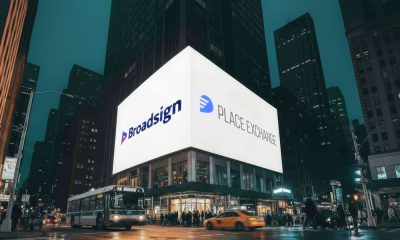
 Associations
AssociationsBroadsign announces acquisition of Place Exchange
-

 Company News
Company NewsDoohClick partners with Quividi for measurement in DOOH and Retail Media
-

 Creative Concepts
Creative ConceptsMyntra M-Now celebrates its 1st Birthday with ‘Edible Billboard’ activation

